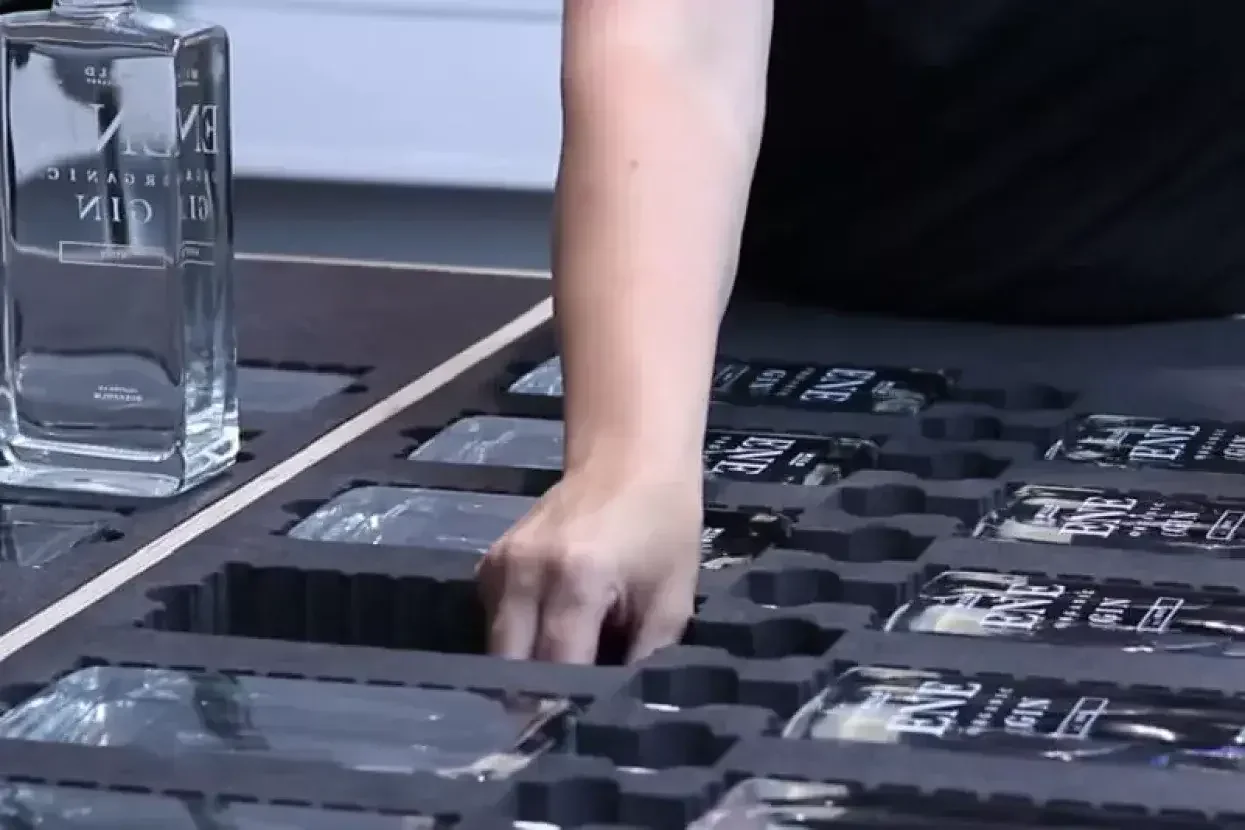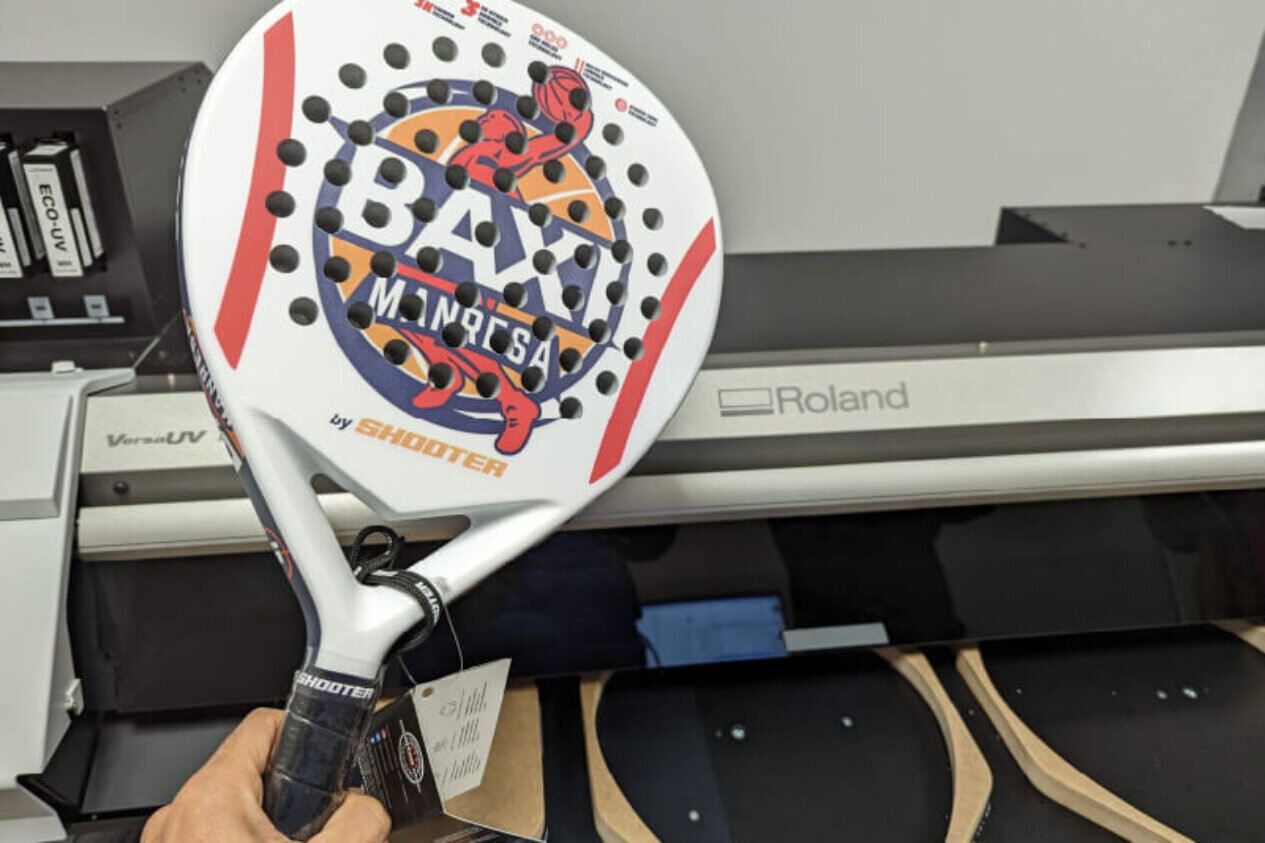
Kirstie Price from Roland DG shares 10 benefits of bringing object printing and customisation in-house for manufacturers. These included reduced lead times, rapid prototyping, environmental sustainability and more.
In recent years, the manufacturing industry has seen a significant shift towards in-house object printing and customisation. With advancements in digital print technology, manufacturers are now able to create and personalise products within their own facilities using compact and user-friendly equipment.
This shift offers numerous advantages that can enhance productivity, efficiency, and customer satisfaction. In this article, we will explore the top 10 benefits of bringing object printing and customisation in-house for manufacturers.
1. Rapid Prototyping and Iteration
In-house printing allows manufacturers to quickly create prototypes and iterate designs. This accelerates the product development cycle, enabling faster time-to-market and a competitive edge in the industry.
“Owning an in-house printer has allowed me to be more flexible with my offerings, and single-handedly enabled me to branch into the personalisation market.” – Henrik Nerst, Wild Distillery
2. Cost-effectiveness
By eliminating the need for outsourcing printing and customisation services, manufacturers can significantly reduce costs associated with transportation, third-party fees, and potential delays. In-house production optimises resource allocation and lowers overall operational expenses. You can also offer short to medium custom runs without the initial costs associated with creating screens/pads.
3. Customisation at Scale
In-house printing facilitates on-demand customisation of products to meet diverse consumer preferences. Manufacturers can offer personalised designs, sizes, and features, enhancing customer satisfaction and potentially increasing sales. Software features, such as VersaWorks’ variable data functionality, can help users customise runs on a case-by-case basis.
4. Reduced Lead Times
The ability to print objects on-site reduces lead times, allowing manufacturers to respond quickly to market demands and changing trends. This agility helps in meeting deadlines and fulfilling orders in a timely manner.
A custom printed padel racket with a flatbed UV printer.
Image credit: Shooter Padel.

“Investing in this technology has allowed us to stop outsourcing, reduce our costs and lead times, and increase production. We now have full control of the entire process and can create durable products in-house.” – Sergi Gallardo, Shooter Padel
5. Quality Control
Maintaining control over the entire production process ensures consistent quality. Manufacturers can closely monitor and fine-tune the printing and customisation processes, resulting in higher-quality products and reduced defect rates.
6. Intellectual Property Protection
In-house printing helps protect intellectual property by limiting the exposure of design files to external parties. This control over sensitive data ensures that proprietary designs remain secure within the manufacturer’s premises.
7. Environmental Sustainability
Producing objects in-house often results in less waste, as manufacturers can optimise material usage and recycling. This contributes to environmental sustainability by reducing the overall carbon footprint of the production process.
“Utilising the UV printer, we have been able to expand our colour remit whilst exploring different textures and increasing our special effects capabilities. What we have been most pleased with is the ability of the printer to replicate pantone colours perfectly.” – Darline Vogel, Royal Enfield
Enhanced Supply Chain Resilience
By decentralising the production process, manufacturers mitigate risks associated with disruptions in the supply chain. In-house printing provides a degree of resilience, ensuring continuity of production even during external challenges.
9. Streamlined Inventory Management
In-house printing allows for better inventory management and reduces the need for excessive stockpiling. Manufacturers can print products as needed, minimising excess inventory and associated holding costs.
10. Facilitating Research and Development
Having object printing capabilities in-house enables manufacturers to conduct in-depth research and development. This fosters innovation, as teams can experiment with new materials, designs, and technologies more efficiently and cost-effectively.
“During the layout process, if they can play around with the finishing effects, the substrates and all the design elements before going into the production process, it opens up a lot of possibilities.” – Željka Tihomirović, Studio Kaligraf
Conclusion
Bringing object printing and customisation in-house provides manufacturers with a multitude of advantages. From rapid prototyping to cost-effectiveness and enhanced supply chain resilience, the benefits are far-reaching.
By embracing this transformative technology, manufacturers can stay ahead of the curve, meet customer demands effectively, and revolutionise their approach to production and customisation.
Visit Roland DG at Hall A1 Stand A40 at Personalisation Experience 2024 at the RAI Amsterdam, Netherlands from 19th – 22nd March 2024. Visitors will have the opportunity to hear from leading minds and innovators sharing knowledge and experiences, see the latest developments and technology in personalised print solutions and network with those looking to help you grow your business. Register here to visit.